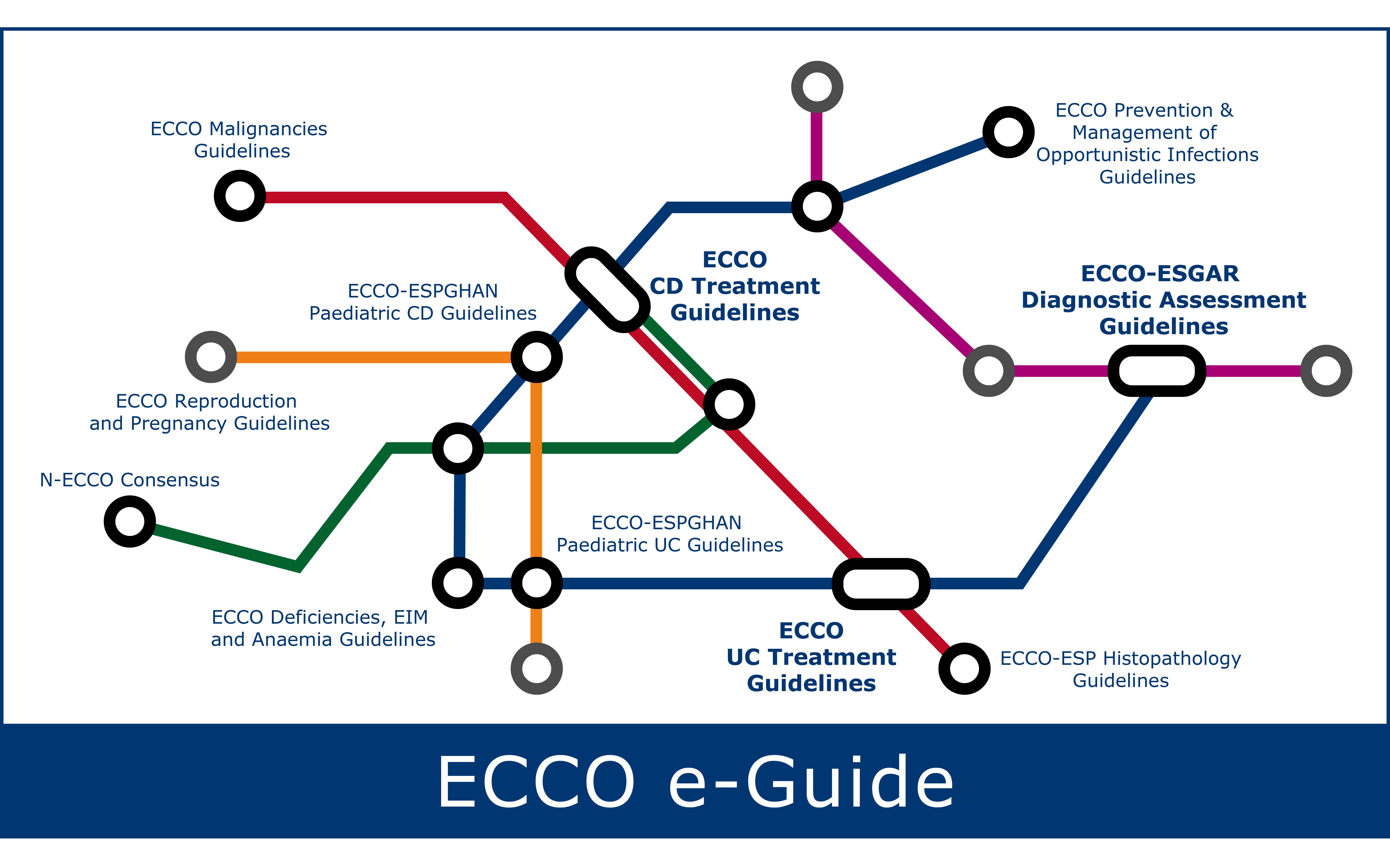General advice
MRI
MRI is being used more frequently as it provides highly sensitive results without subjecting patients to radiation. It has become the established first line imaging modality for small bowel and pelvic Crohn’s disease.
Technique
The patient drinks ≈ 1L of oral contrast, (enteroclysis reserved for suspected proximal small bowel lesions or low grade stenosis). Then, the patient lies on a sliding table, which is advanced into the magnet. The exam lasts ≈ 20 to 30 minutes. IV contrast, based on gadolinium is often used to assess regional blood flow (a surrogate marker for disease activity) but cannot be given with significant renal impairment.
Outcomes
MR detects small bowel disease activity and strictures in 90% and 95% respectively. High cost / limited availability limits widespread use in some countries. The MaRIA score provides an objective score of disease activity, measuring wall thickening and wall signal intensity, contrast enhancement, oedema, ulceration, lymphadenopathy and presence of pseudopolyps.
Risk
MRI is contra-indicated in unstable patients, the first trimester of pregnancy, and those with implanted strongly ferromagnetic devices, including pacemakers. However, most modern metallic biomaterials are non-ferrous.
Ultrasound
Trans-abdominal ultrasound may be useful in expert hands to diagnose or assess Crohn’s disease.
Technique
Reflected sound waves allow the detection of bowel wall thickness. The technique is not able to view the entire intestine, and less effective in the obese. Colour doppler can distinguish active from fibrotic disease. Ingestion of an iso-osmolar polyethylene glycol solution can increase the accuracy of detecting lesions in the small bowel (SICUS, small intestine contrast ultra-sonography).
Outcomes
The technique is operator-dependent, with a quoted sensitivity of 73-96% and specificity of 90-100%.
Risk
Nil
CT
CT can be used if MR is unavailable to assess small bowel Crohn’s disease, but provides significant radiation exposure. It is the investigation of choice for undiagnosed abdominal pain (usually in an emergency setting).
Technique
Administer oral contrast, reserving enteroclysis for suspected proximal small bowel lesions or low grade stenoses. IV contrast is administered unless renal dysfunction present. The examination is quick, taking a few minutes.
Outcomes
CT is useful for examining the small bowel, and for excluding the presence of extra-intestinal abscesses.
Risk
CT exposes patients to radiation, which should be minimized if possible; therefore MR (if available) is preferred.
Barium follow-through (BFT)
Technique
Plain radiographs are taken following oral barium ingestion.
Outcomes
Before the widespread availability of cross-sectional imaging, BFT was the standard investigation for small bowel Crohn’s disease but has significantly lower sensitivity so is little used now. It may be useful (particularly pre-operatively) for mapping stenosis and internal fistulas.
Risk
It exposes patients to radiation so MR follow through is (if available) is preferred.

